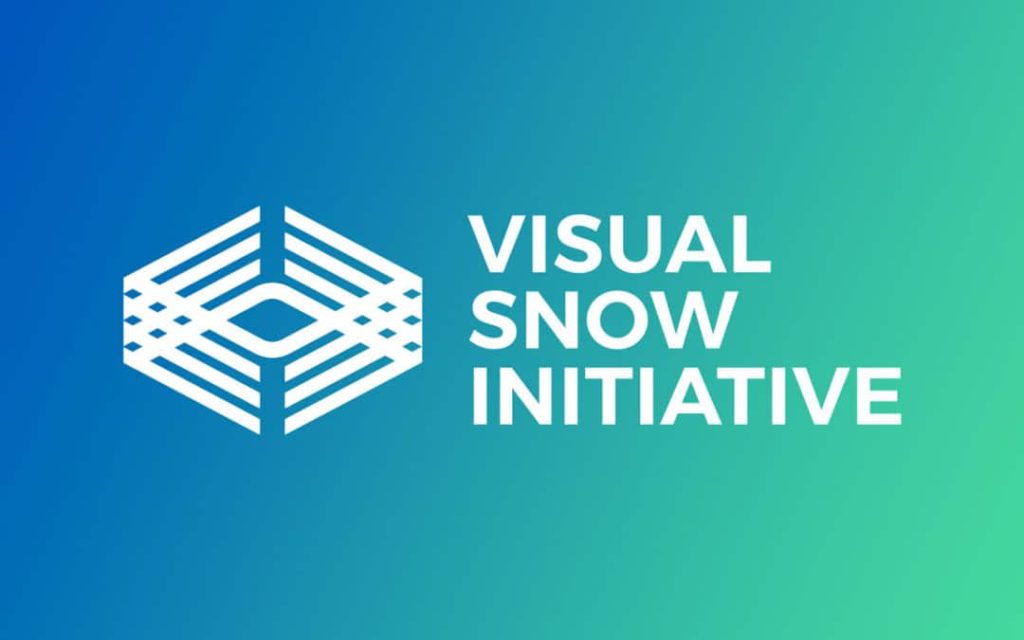Diagnostic Criteria
Please refer your physician to our website if they have limited knowledge about Visual Snow Syndrome (VSS), as this helps to spread awareness and education within the medical community.
If you suspect you may have VSS, please show this Diagnostic Criteria to your physician.
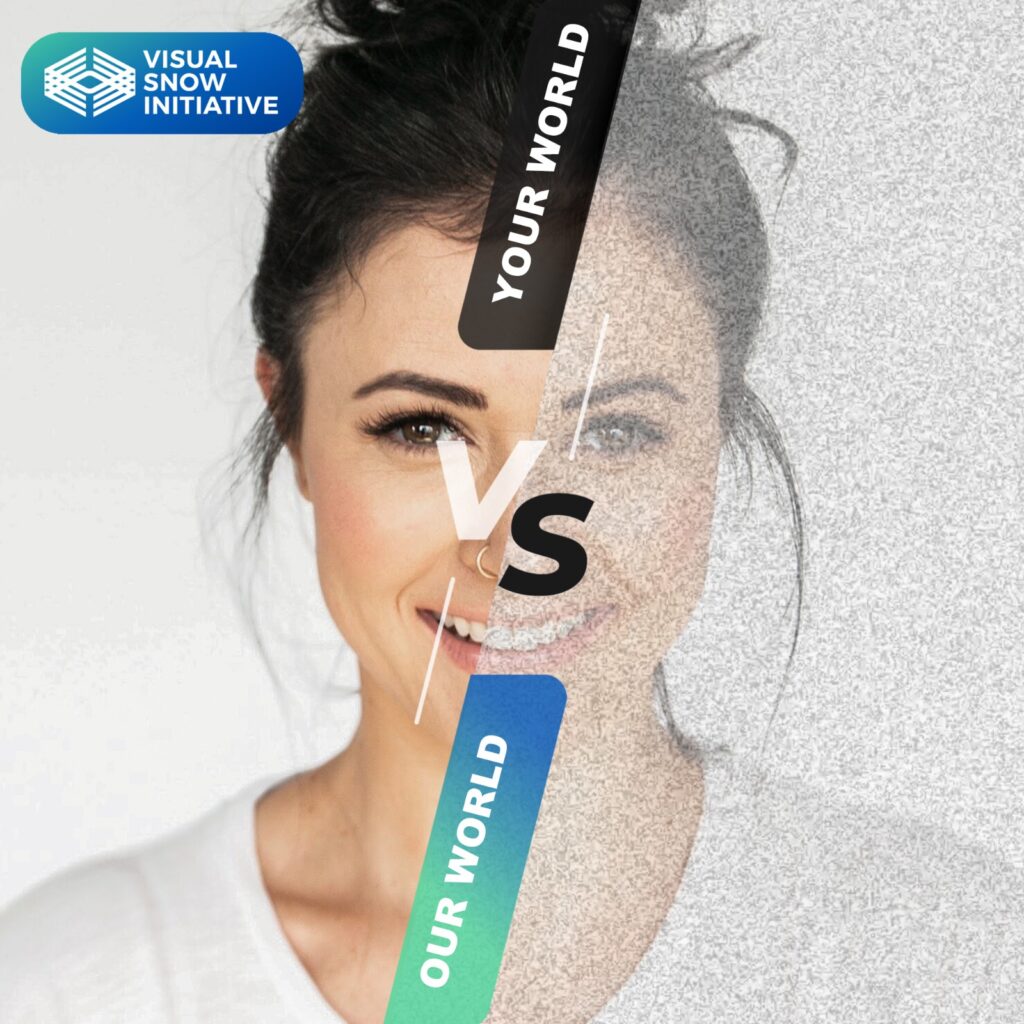
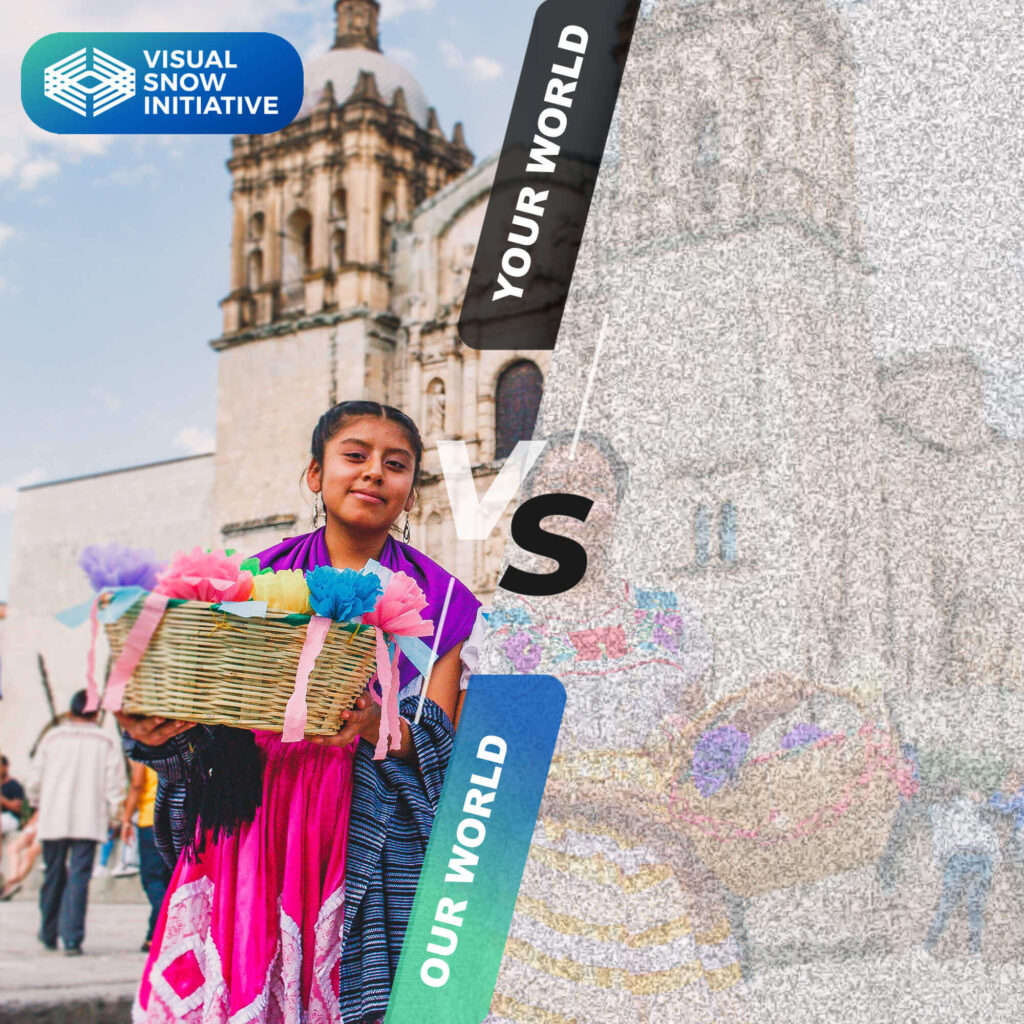
Signs and Symptoms
For a full list of symptoms and images depicting each symptom, please see the information and visual aids below.
- Dynamic, continuous tiny dots across the entire visual field, persisting for more than three months
- Additional visual symptoms of at least two of the following four types:
- Palinopsia (persistent recurrence of a visual image and/or trailing images after the stimulus has been removed)
- Enhanced entoptic phenomena*
- Photophobia (sensitivity or intolerance of light, which can cause some people to avoid sunlight, computers, fluorescent lights, and car headlights)
- Nyctalopia (impaired night vision)
- Symptoms are not consistent with typical migraine visual aura
- Symptoms are not better accounted for by another medical condition
*excessive floaters in both eyes, excessive blue field entoptic phenomenon (uncountable little grey/white/black dots or rings shooting over the visual field of both eyes when looking at homogeneous bright surfaces such as the blue sky), self-lighting of the eye (colored waves or clouds perceived when closing the eyes in the dark), and spontaneous photopsia (bright flashes of light)
Visual Symptoms
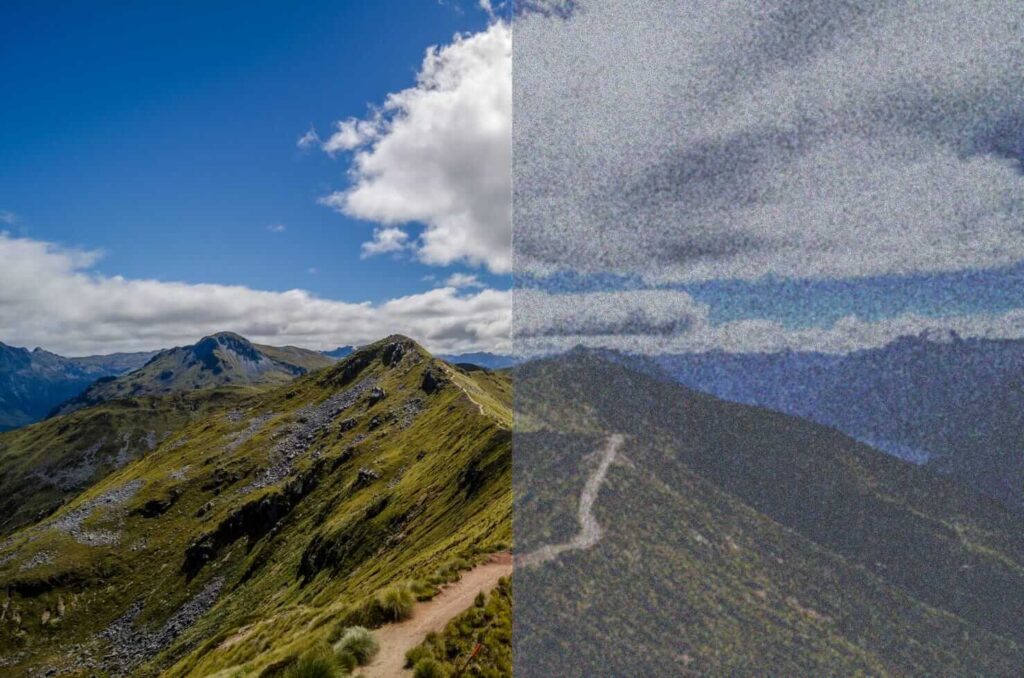
Visual Snow
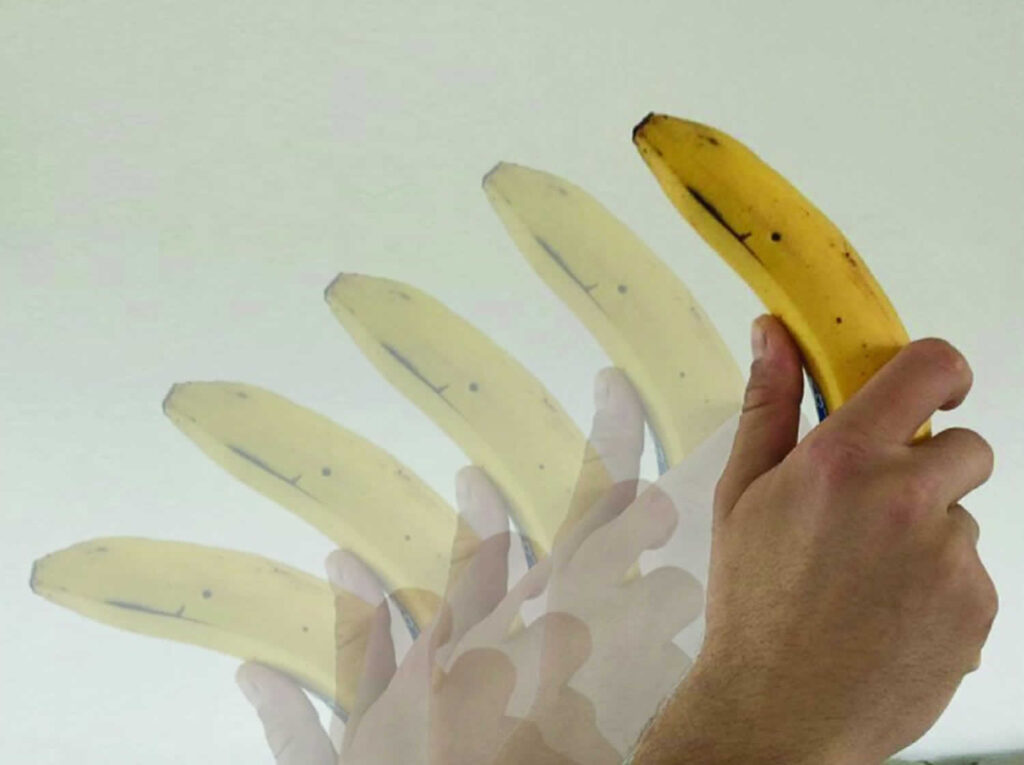
Palinopsia
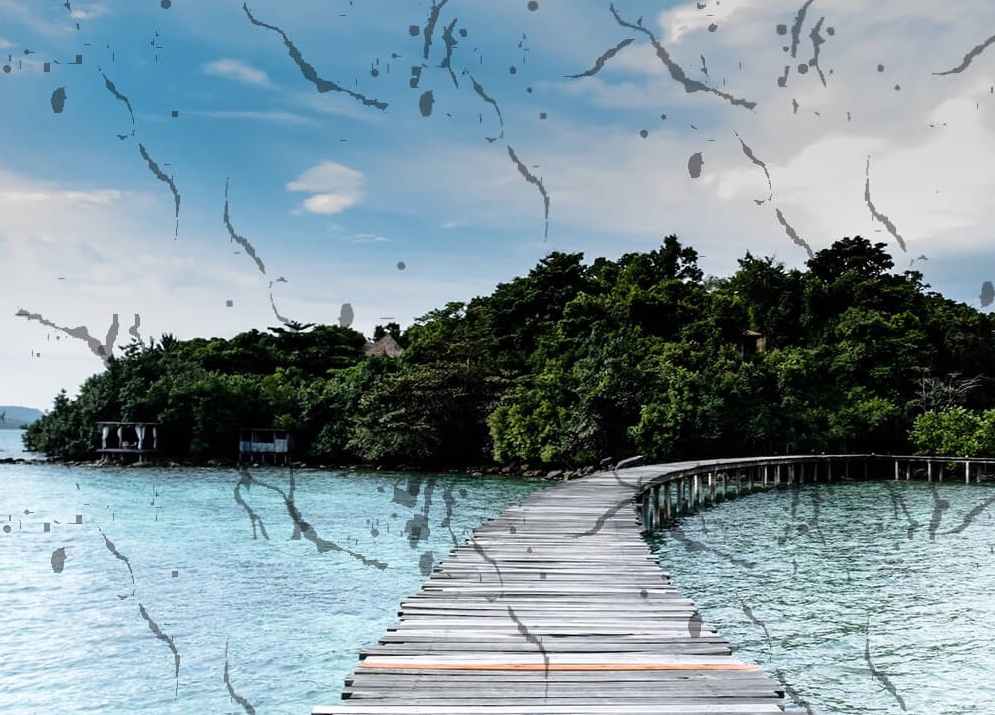
Excessive Floaters

Photophobia
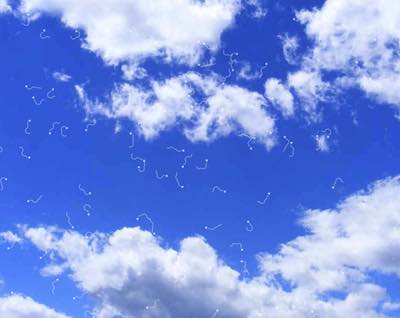
Enhanced entoptic phenomena

Nyctalopia

Starbursts
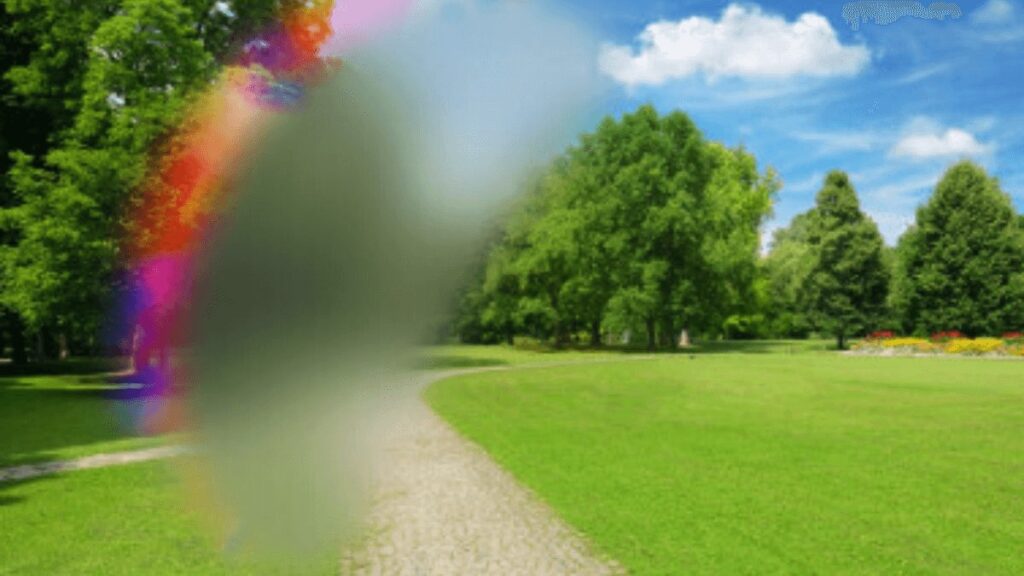
Migraine Aura
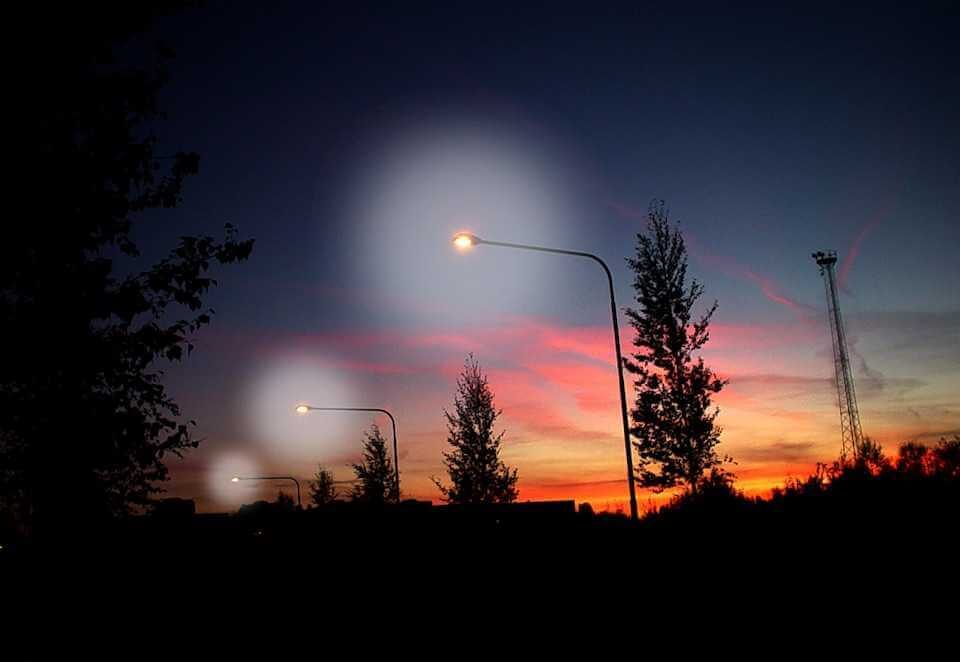
Halos
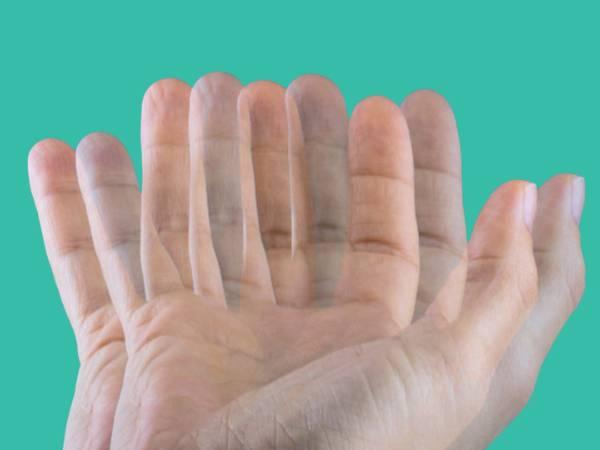
Diplopia (Double Vision)
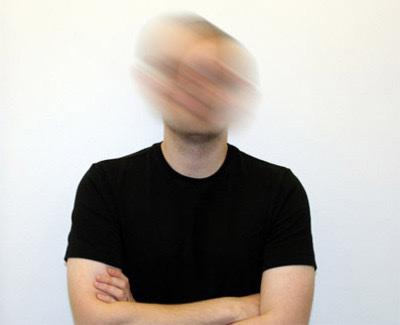
Visual distortions
Non-Visual Symptoms

Insomnia
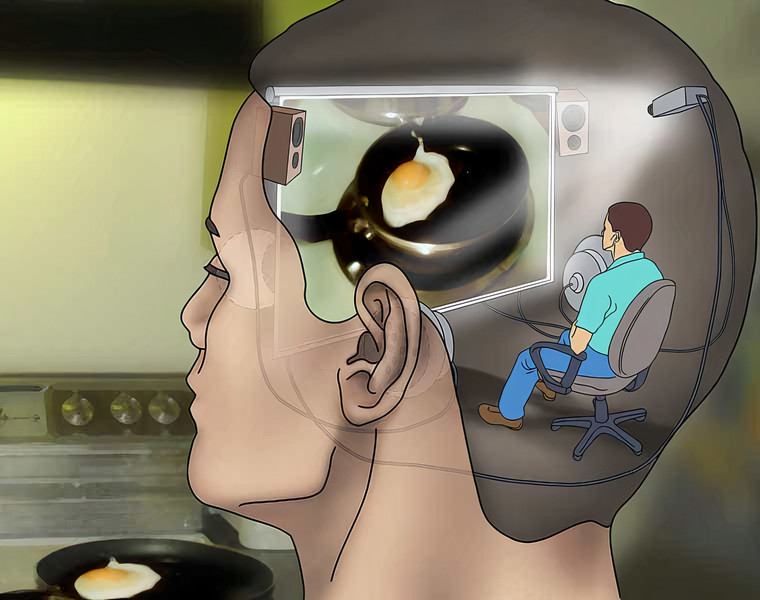
Depersonalization

Derealization

Frequent Migraines, Brain fog, and Confusion

Dizziness and Nausea

Paresthesia
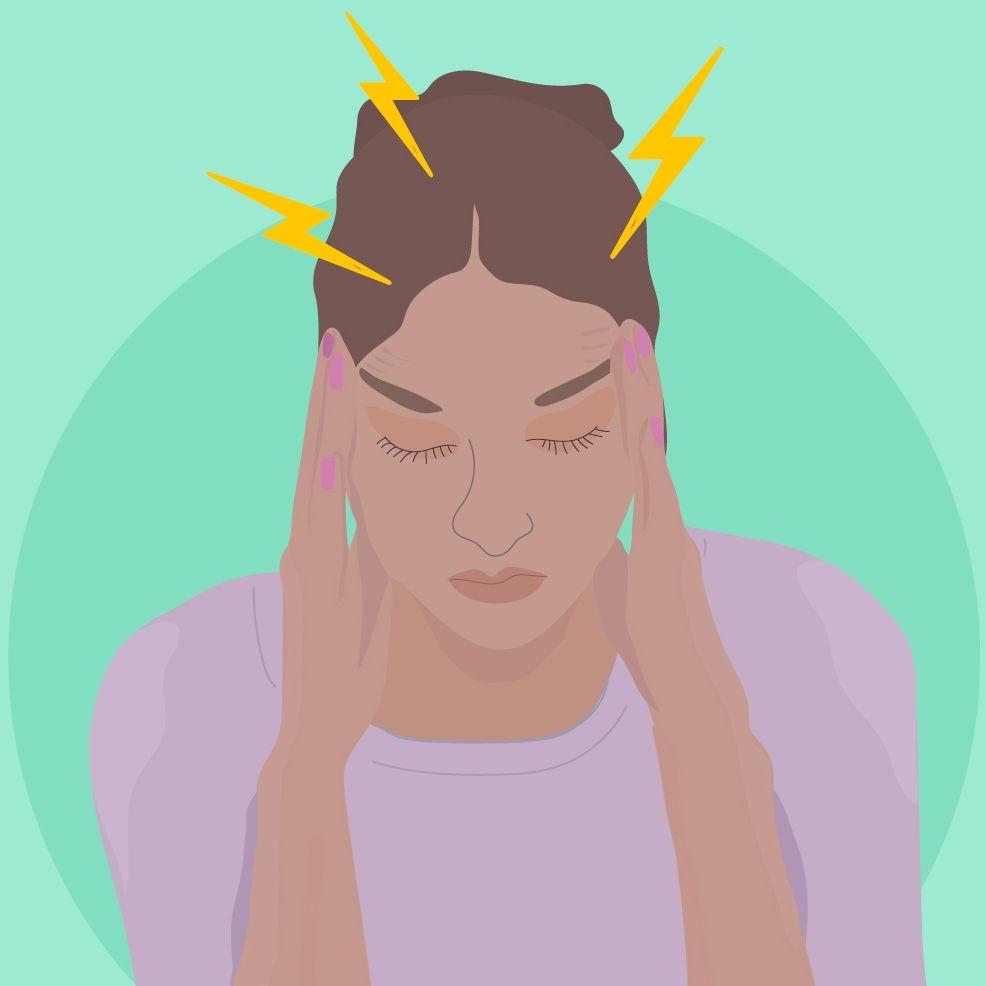
Sensory disturbances (such as “brain zaps”, or electric shock sensations)
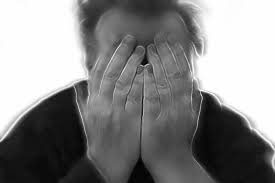
Susceptibility to sensory overload (the brain receives more sensory input than it can handle, triggering a “flight-or-fight” response)
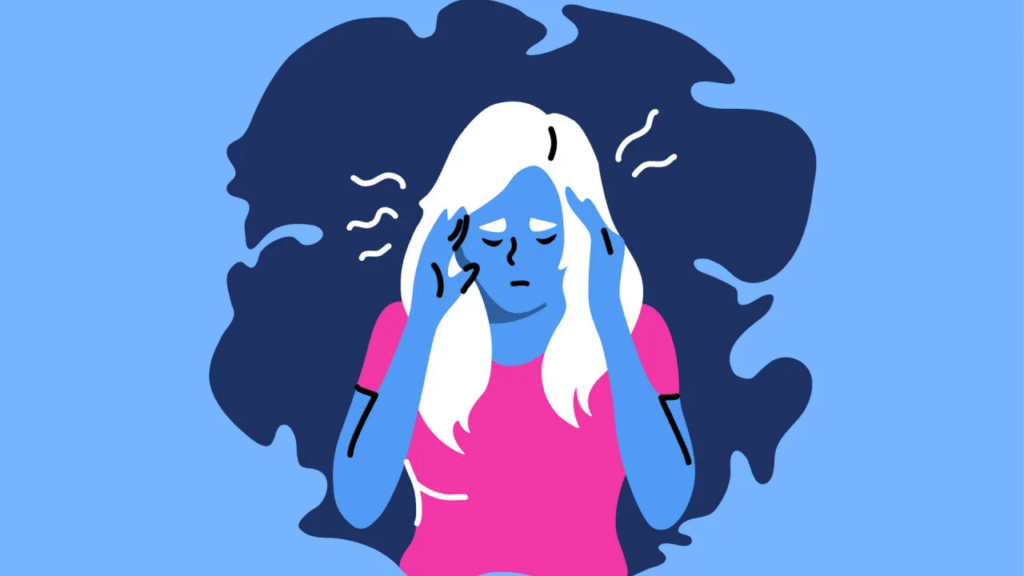
Sensory hypersensitivity / hyperesthesia (sensitivity to stimuli, such as sights and sounds)

Anxiety and/or Depression
Tinnitus
Articles about VSS Symptoms
Authors and Summary
Peter Goadsby, MD PhD
Professor of Neurology, King’s College London
Owen White, MD PhD FRACP
Professor of Neurosciences, Monash University, Australia
Victoria Susan Pelak, MD
Professor of Neurology and Ophthalmology, University of Colorado, Denver
Yasser Khan, MD FRCSC
Oculoplastic, Orbital, and Ophthalmic Surgery
The Visual Snow Initiative website is for informational purposes only. The contents do not constitute medical advice; the content is not intended to be a substitute for professional medical advice, diagnosis, or treatment. Always seek the advice of a physician or other qualified health provider with any questions you may have regarding a medical condition. Never disregard professional medical advice or delay in seeking it because of something you have read on this website. This website does not recommend or endorse any specific tests, physicians, products, procedures, opinions, or other information that may be mentioned on the Site. Reliance on any information provided by this website is solely at your own risk.
Visual Symptoms
- Visual snow (dynamic snow-like dots all over the field of vision)
- Photopsia (flashes of light) or small floating objects
- Photophobia (sensitivity to light)
- Palinopsia (continuing to see an image after it is no longer in the field of vision)
- Entoptic phenomena (seeing images within the eye itself)
- Diplopia (double vision)
- Nyctalopia (impaired night vision)
- Other visual effects, such as starbursts and halos
- Visual distortions
Non-Visual Symptoms
- Tinnitus (ringing, humming, or buzzing sounds)
- Depersonalization (feeling detached from yourself)
- Anxiety
- Depression
- Derealization
- Frequent migraines
- Brain fog and confusion
- Dizziness
- Nausea
- Insomnia and other sleep-related issues
- Paresthesia (tingling “pins-and-needles” sensations, commonly in the arms, hands, legs and feet)
- Sensory disturbances (such as “brain zaps”, or electric shock sensations)
- Sensory hypersensitivity / hyperesthesia (sensitivity to stimuli, such as sights and sounds)
- Susceptibility to sensory overload (the brain receives more sensory input than it can handle, triggering a “flight-or-fight” response)
Support Visual Snow Syndrome Research
All donations to the Visual Snow Initiative go directly to Visual Snow Syndrome (VSS) research.
Your tax-deductible contribution ensures that global research will continue and makes a positive difference in the lives of people affected by VSS.



